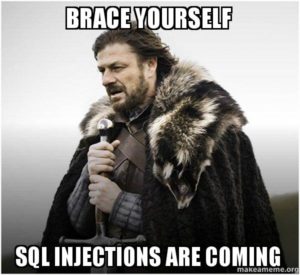Appsec Automation : Why we need this hot cake
Hello guys !! Hope all good at your side of the screen. Today we will discuss about the topic which everybody is talking about. I am sure we all have a same answer if someone asks how we will if our all tasks will get automated and we can sit back and relax. A big Yes, right ? But yeah, we need lots of effort and money to complete that part. Application security automation is no different from this. Appsec automation has gathered all the limelight and has a tremendous exposure since past a year or so.
What is Appsec Automation
In today’s fast-paced digital landscape, the importance of robust application security (AppSec) cannot be overstated. With cyber threats growing in sophistication and frequency, organizations must prioritise the protection of their applications and data. Enter AppSec automation – a game-changing approach to security that promises to streamline processes, enhance efficiency, and bolster defenses against evolving threats.







 injection vulnerability and database takeover. It is completely automated and customization depending upon the server or database configurations. This tool provides wide ranges of flags which can be used to trigger an attack in an effective manner. It is completely open-source in terms of license. Its written in python. Now as I am going to discuss more and more about sqlmap
injection vulnerability and database takeover. It is completely automated and customization depending upon the server or database configurations. This tool provides wide ranges of flags which can be used to trigger an attack in an effective manner. It is completely open-source in terms of license. Its written in python. Now as I am going to discuss more and more about sqlmap 
